Greenline Ocean Class 70
Design No. 217
2007
Reducing emissions and increasing comfort
The success of Skagen 50 called for a bigger boat of similar concept. The new design was called Skagen 65 and we called in our friends Jonathan Rhoades and Dick Young (of Rhoades/Young office) to help us with exterior design and interior decoration.
We were looking into a classic timeless exterior design of Skagen 50 type while simultaneously the Greenline development went into a full swing. Reducing emissions and introducing gentleman’s boating were the driving force of development. The main areas of research were in optimizing hull lines to reduce drag and introducing hybrid propulsion with Lithium battery power (see Superdisplacement hull at the Greenline Hybrid 33 project below). This led to extensive tank testing of the project in Zagreb.
The yacht was was based on Greenline DNA but called Greenline Ocean Class 70 (to separate it from the range of smaller Greenline sisters), and was launched in 2010. The exterior design choice was innovative and modern, still respecting traditional canons and values of aesthetics. Very slender hull lines produced minimal drag but called for stabilisers to meet ocean-going stability requirements—and enhance the comfort of the crew. The interior was beautiful and would accommodate two, three or four cabins under deck. The vast flybridge area was easily accessible and fully covered with a fixed hardtop carrying an array of photovoltaic cells. The yacht maxed 25 knots with 2 x 800 HP MANs, and was associated with minimal consumption at displacement speed of 11 knots, and had a zero-emission capacity in the hybrid version.
Ocean Class 70 was able to be sailed by a couple, and very comfortable on longer cruises. She won the Boat of the Year award in Slovenia in 2011.
Unfortunately, Ocean Class 70 sailed directly into the 2008 crisis, where sales of yachts this size dropped to zero—if anybody bought a yacht like this, it was from a bank at a fraction of replacement value. Only two were built, but the project helped our office to develop a range of new ideas which came to life in future projects.
TYPE
LOA
B MAX
DRAFT
DSPL
CABINS
BERTHS
FUEL
WATER
ENGINE(S) h.p.
Power
21,49
5,95
1,40
42T
3/4 + skipper
6 + 2
7000
1500
2 x 800


